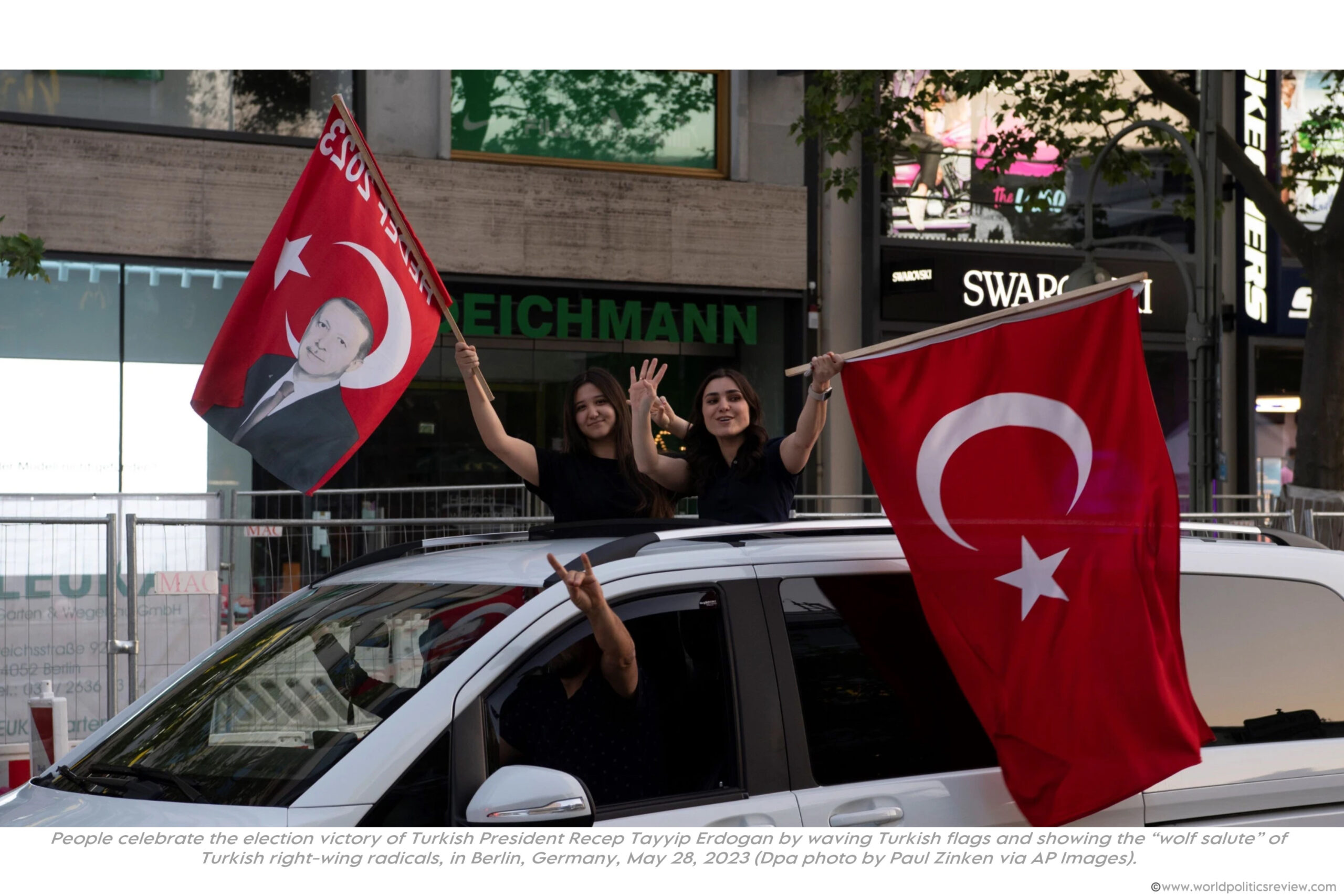Government restrictions on religion around the world were highest in the Middle East and North Africa, particularly in the period before the Arab Spring uprisings, a new study has found, underscoring a factor that fueled hostilities in the region and led to the rise of political Islam after the revolts.
The study, by the Pew Research Center’s Forum on Religion and Public Life, said that in 2010 government restrictions on religion were “high or very high” in most of the Arab Spring countries, where suppression of Islamist movements contributed to the uprisings and spurred subsequent incursions of Islamists into political power.
Over all, the study found a worldwide rise in religious restrictions. It measured two basic yardsticks: a government restrictions index, and a social hostilities index. Government restrictions include moves by authorities to ban faiths and conversions, and to limit preaching. Social hostilities encompass mob violence and “religion-related intimidation or abuse,” such as harassment over attire.
The study found 15 countries with very high levels of social hostilities in 2010, up from 10 in 2007, with the new additions being Egypt, Nigeria, the Palestinian territories, Russia and Yemen. It noted that “in Nigeria, violence between Christian and Muslim communities, including a series of deadly attacks, escalated throughout the period.”
Separately on Thursday, United Nations human rights investigators in Geneva said that more than 300 Christians had been arrested since mid-2010 in Iran, where, they said, churches operate in a “climate of fear.” Iran is given a score of “very high” on Pew’s Government Restrictions Index.
The Pew study found that restrictions also increased in Europe, like the Swiss ban on construction of minarets, and in the United States, noting a rising number of instances in which people were prevented from wearing clothing or beards, and problems in building places of worship.






